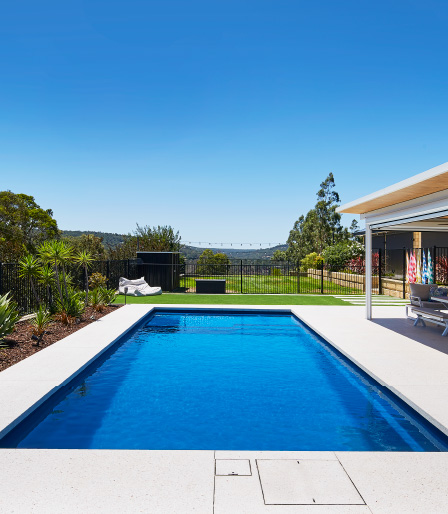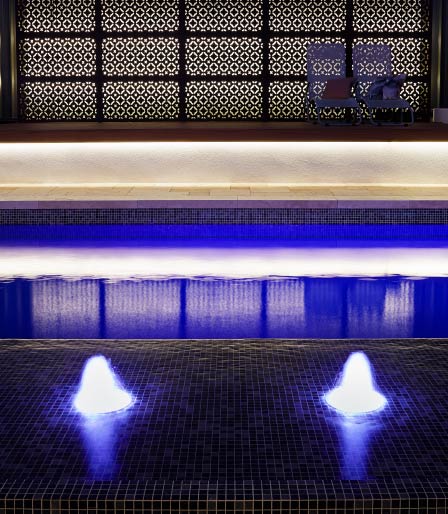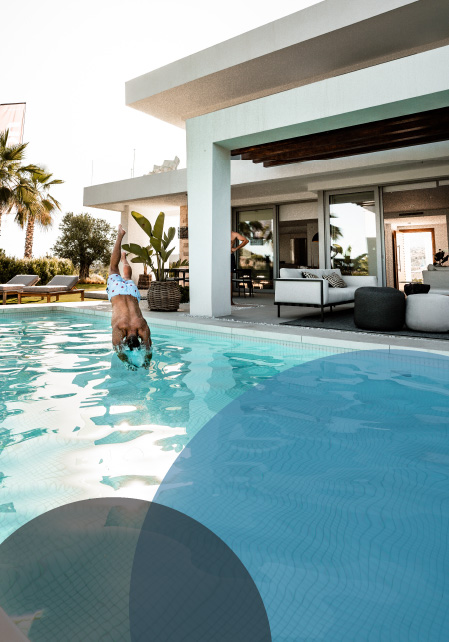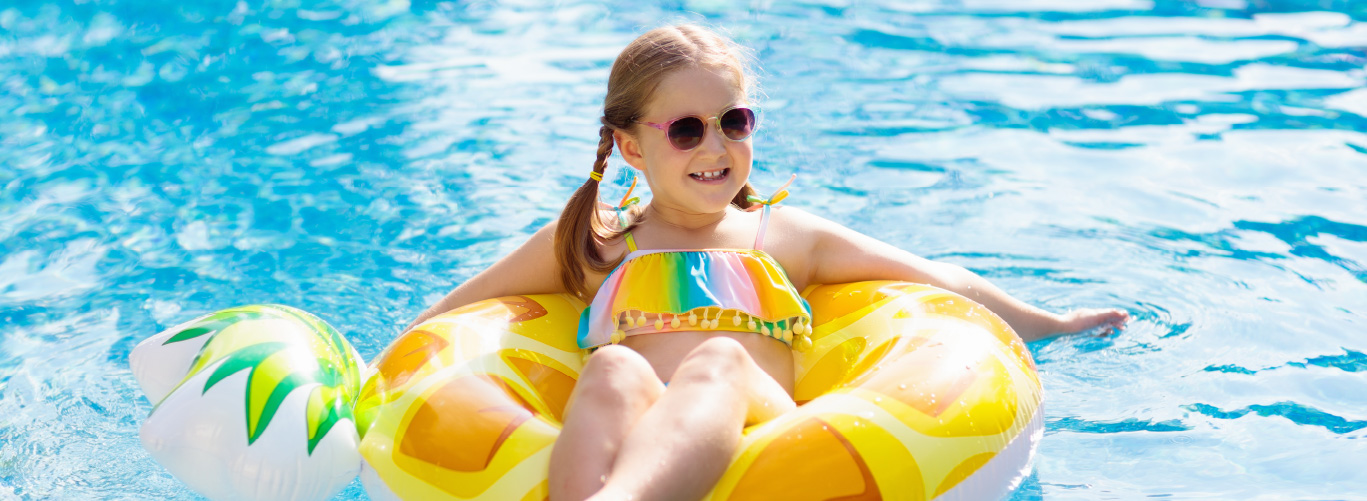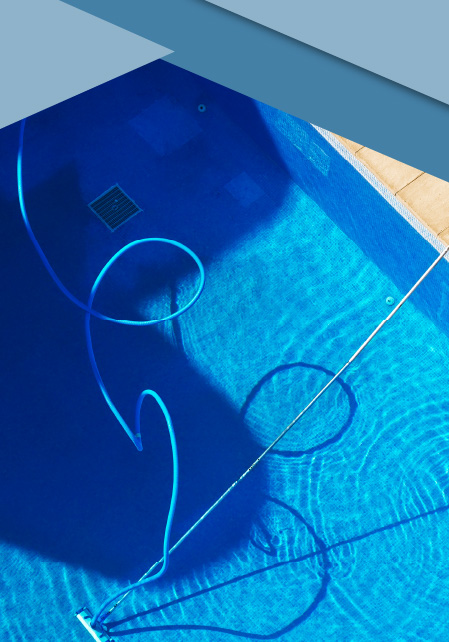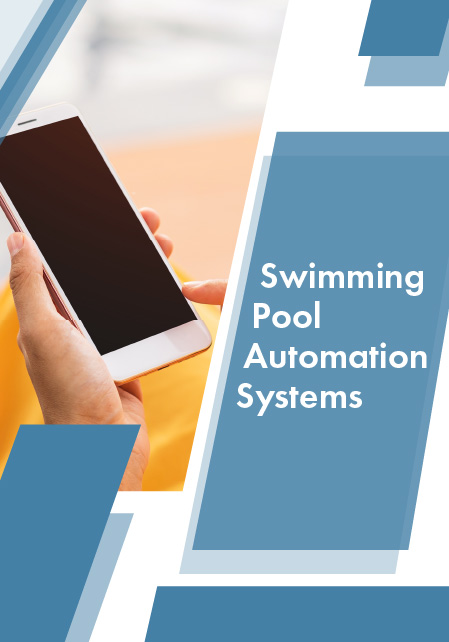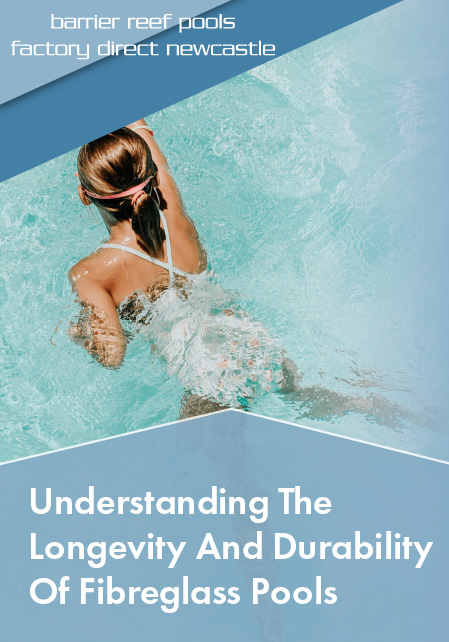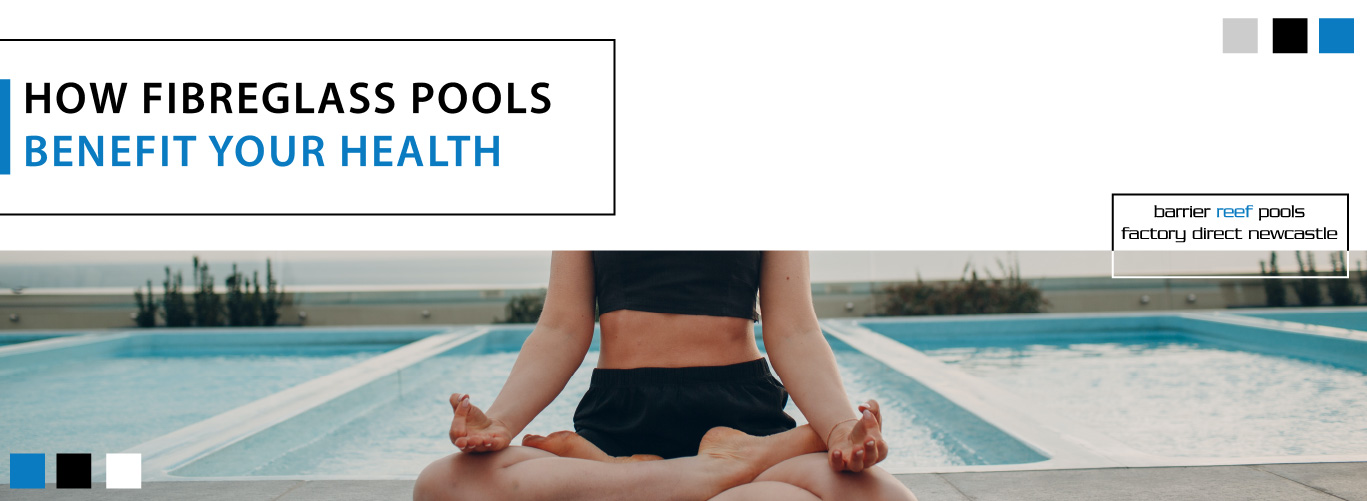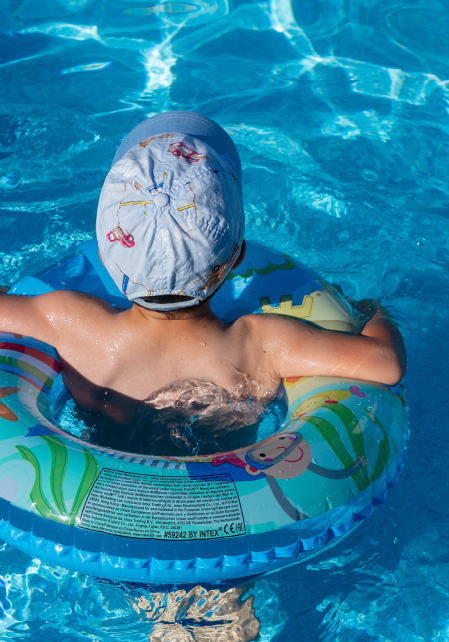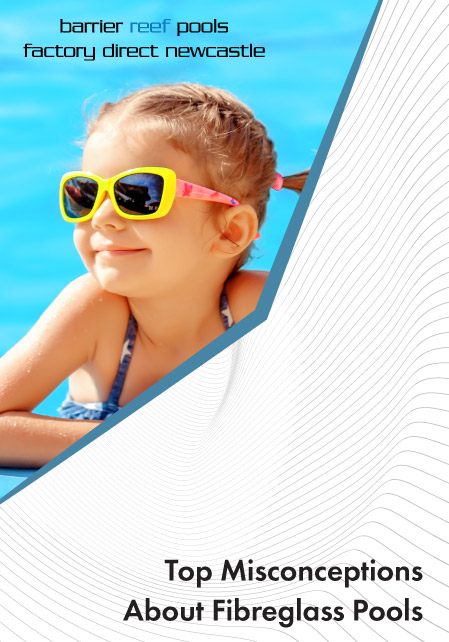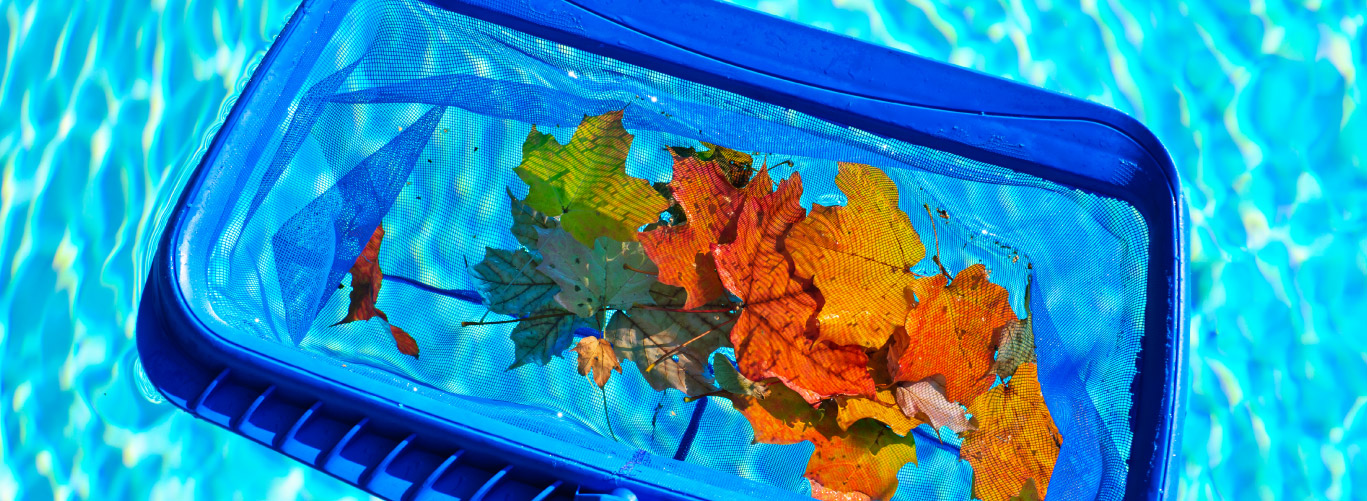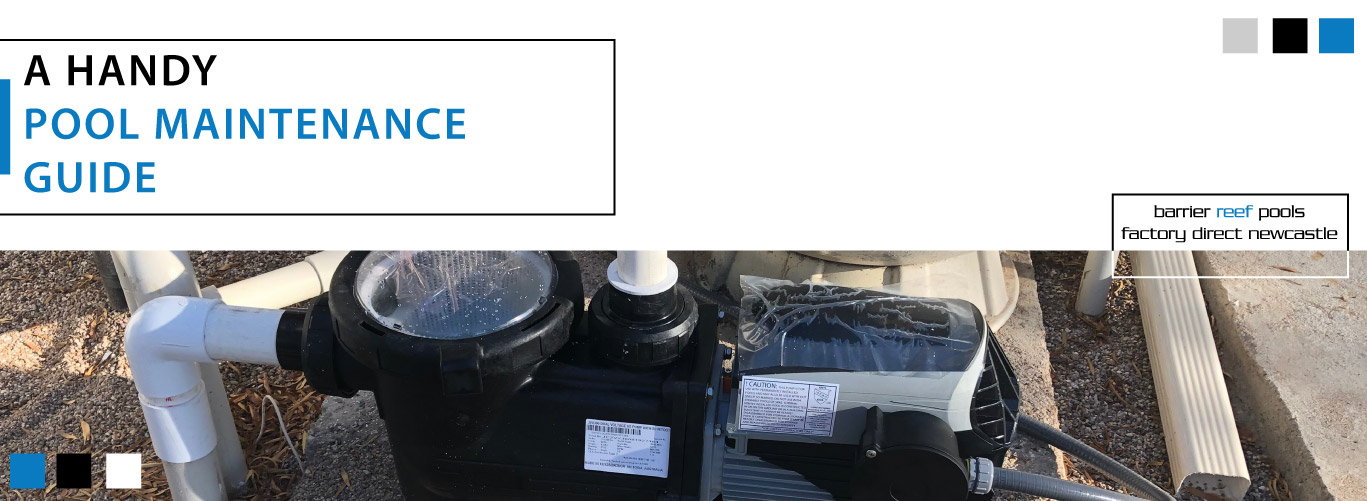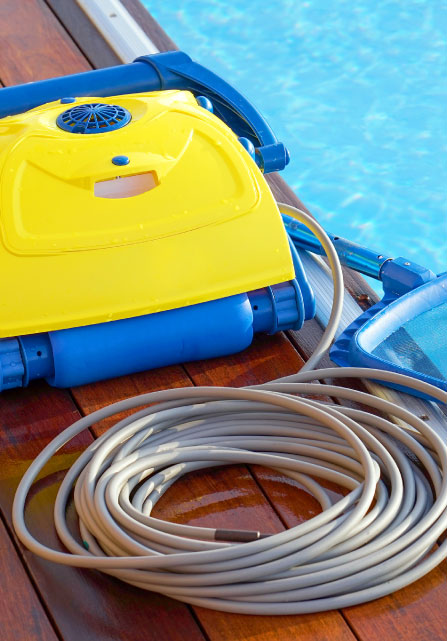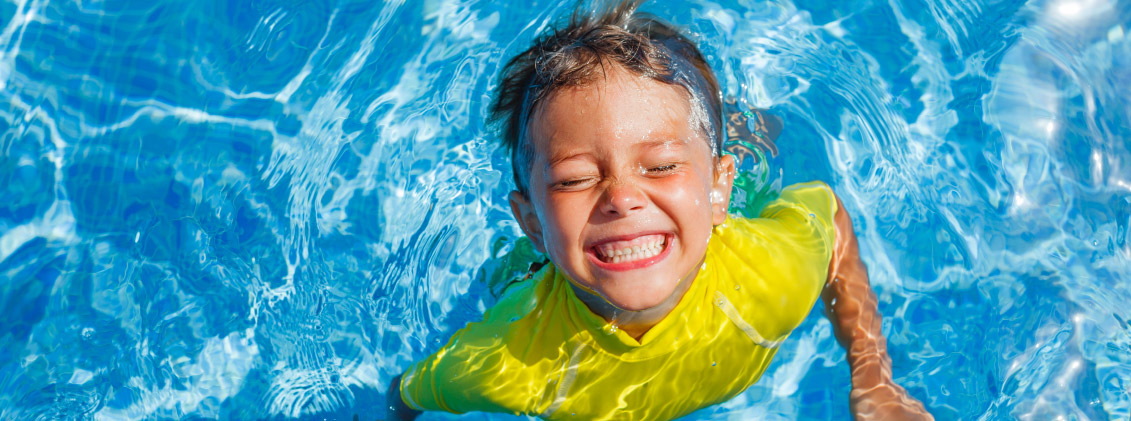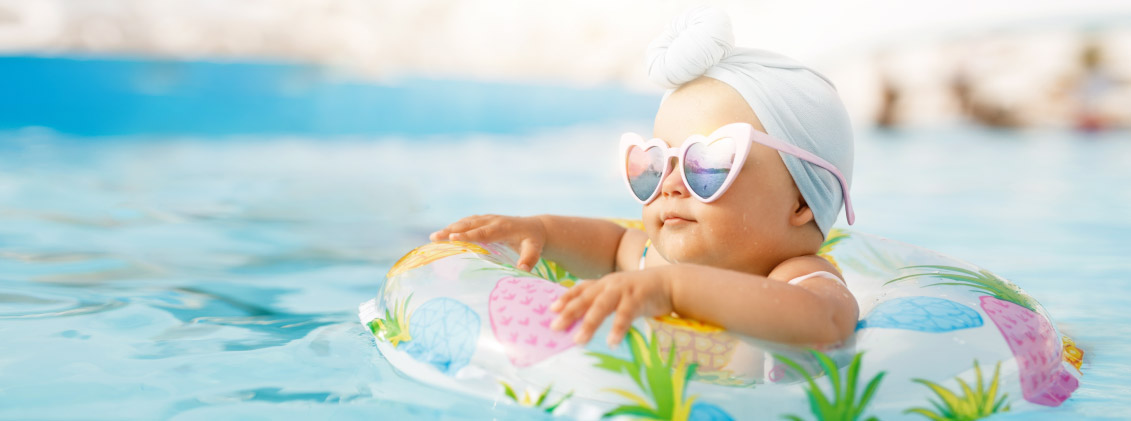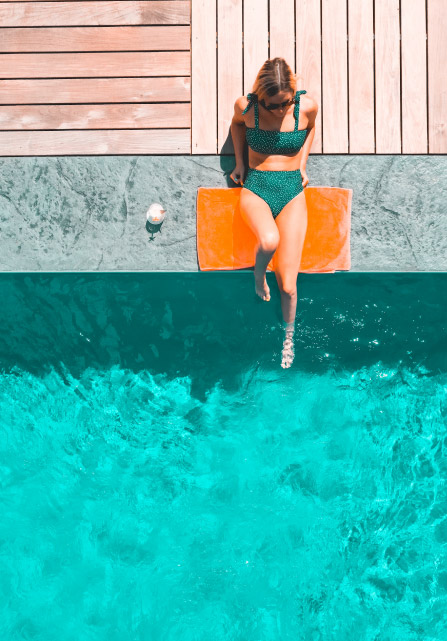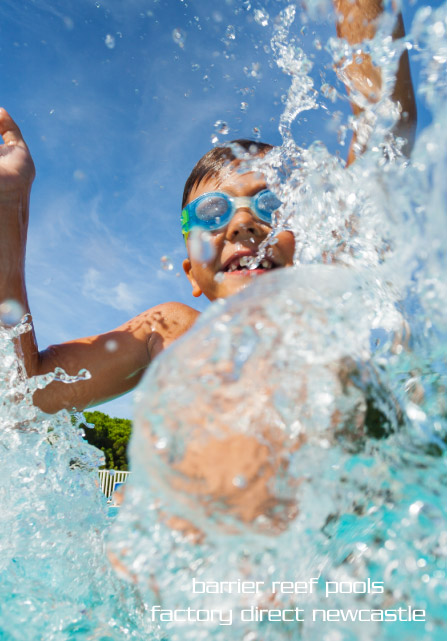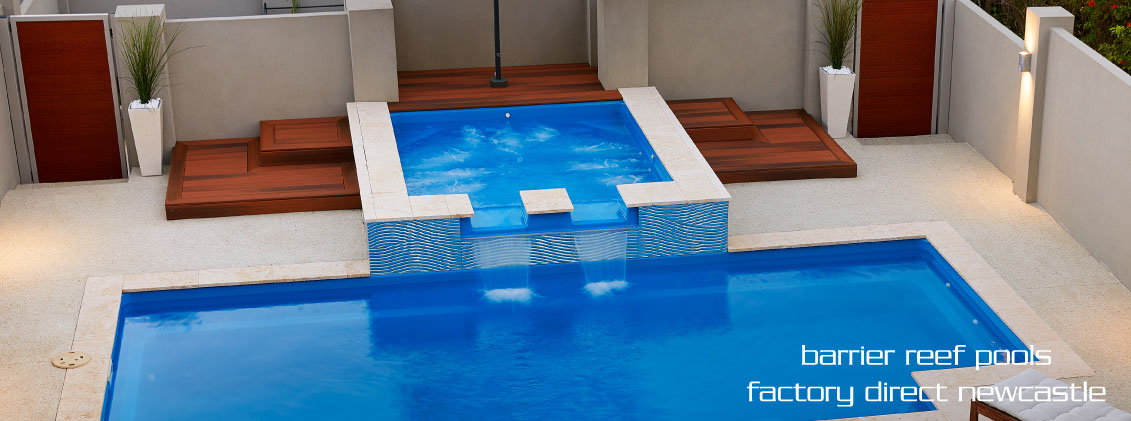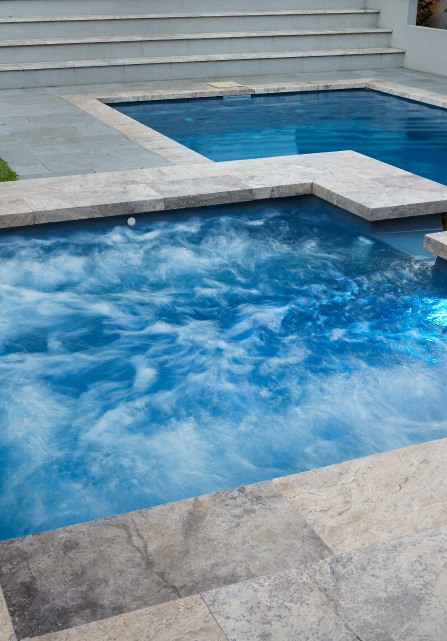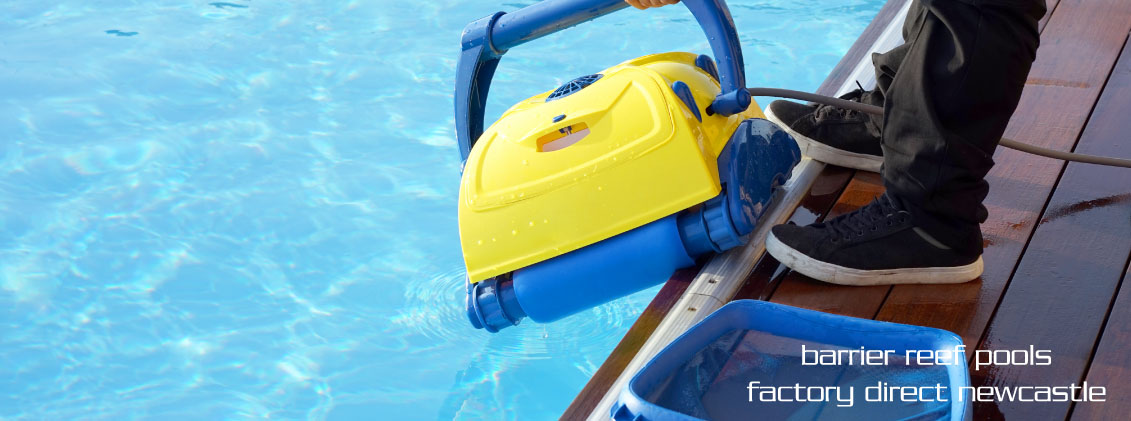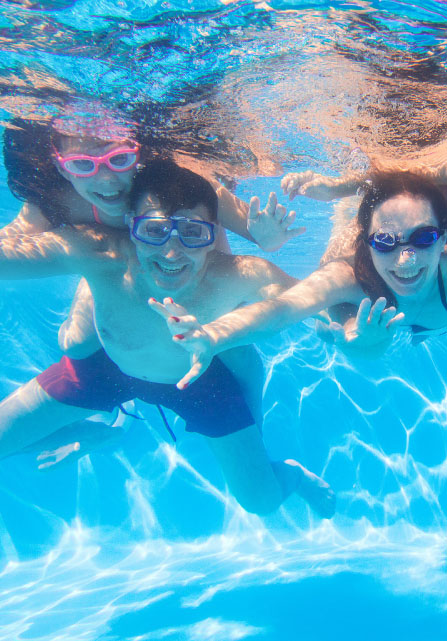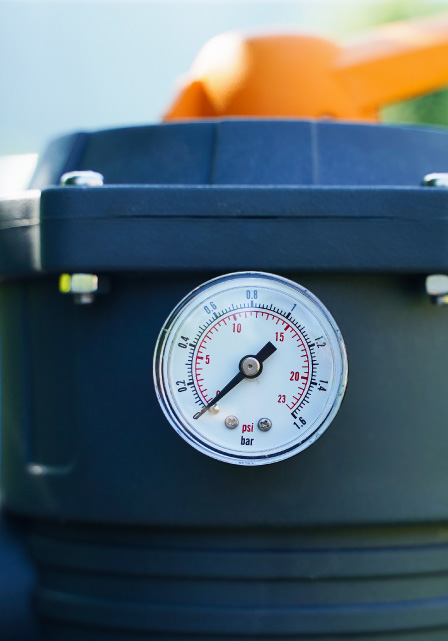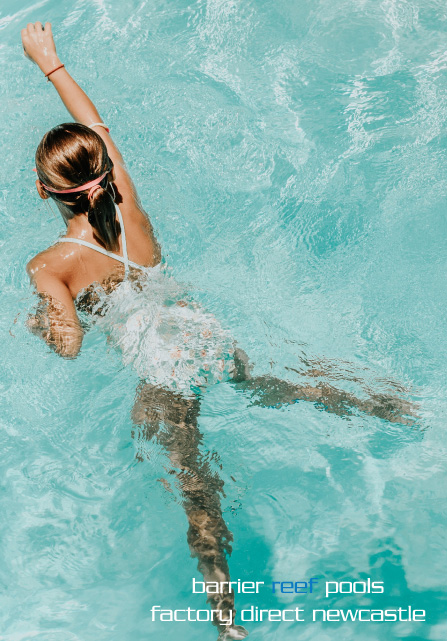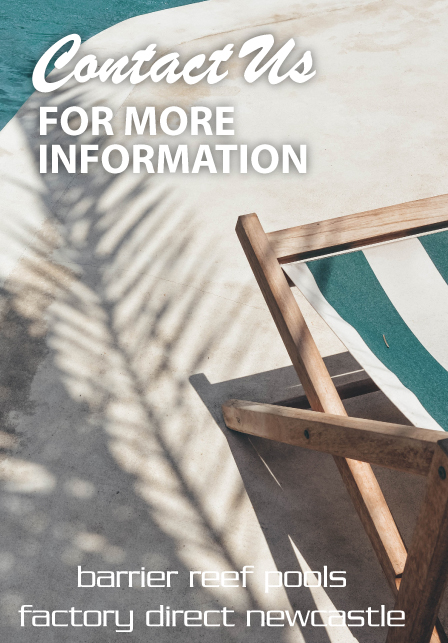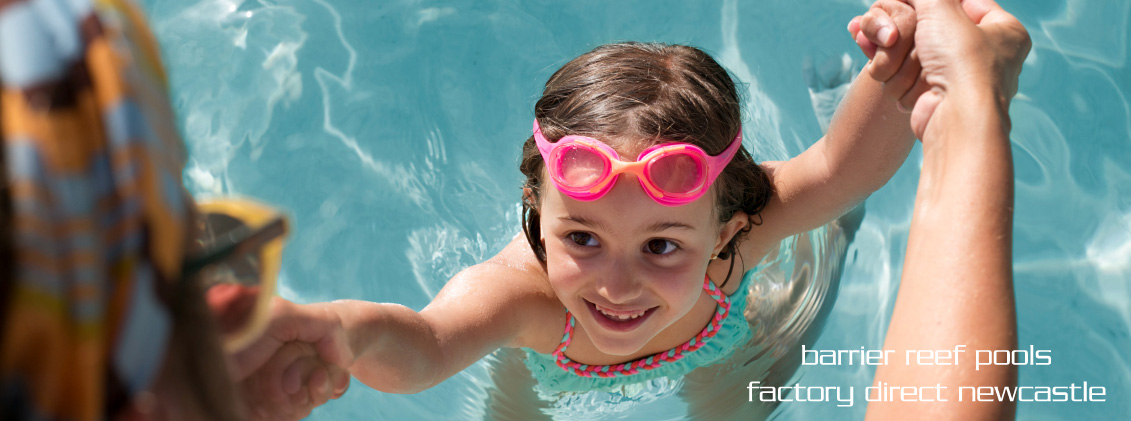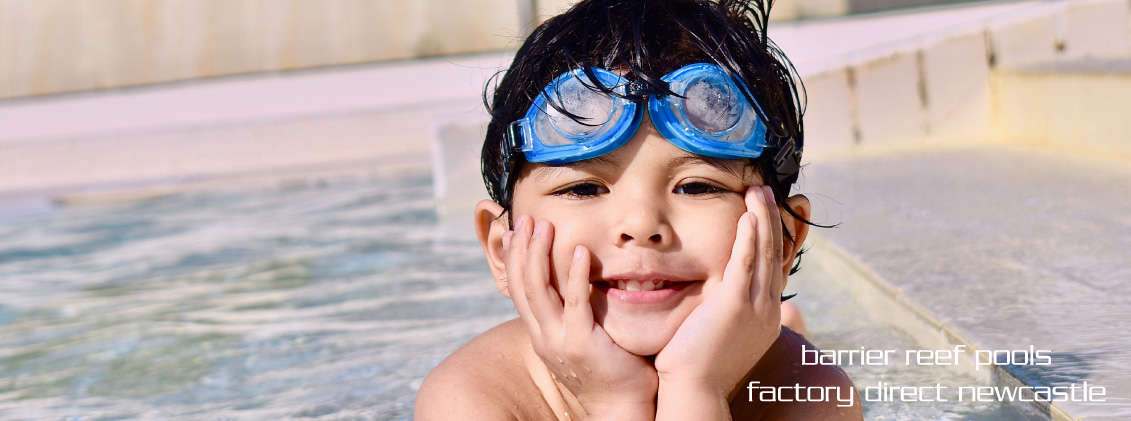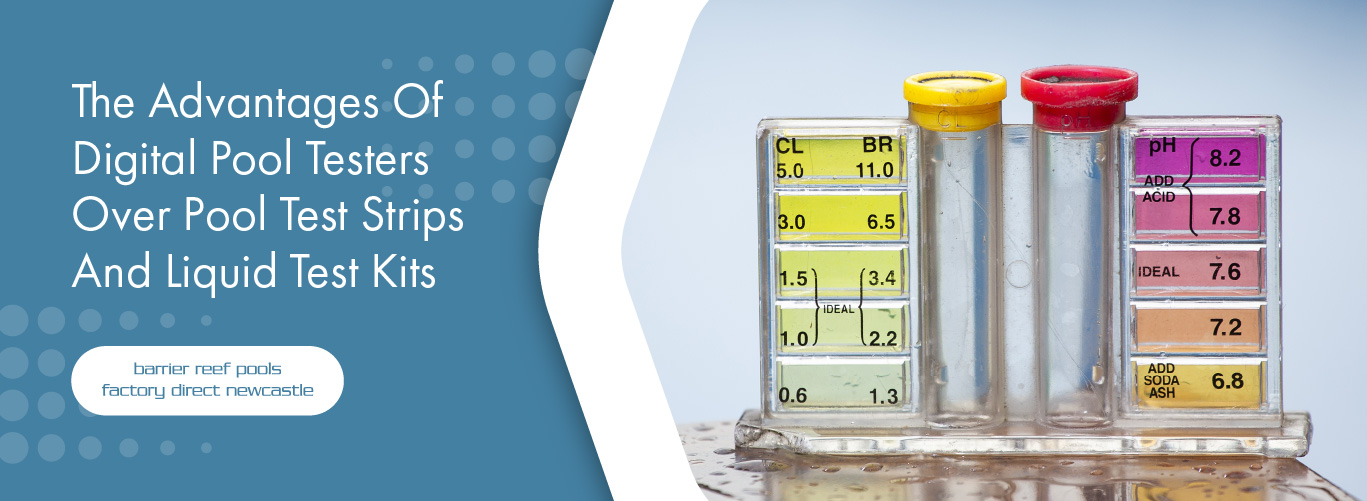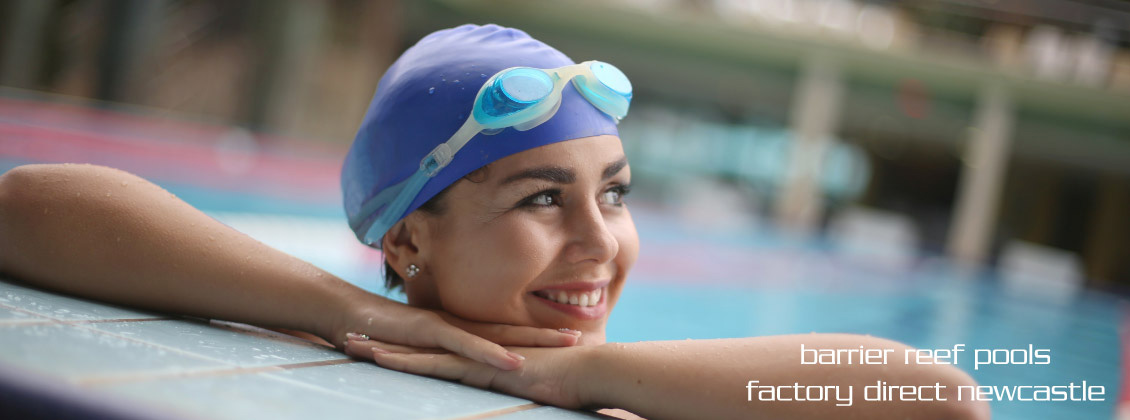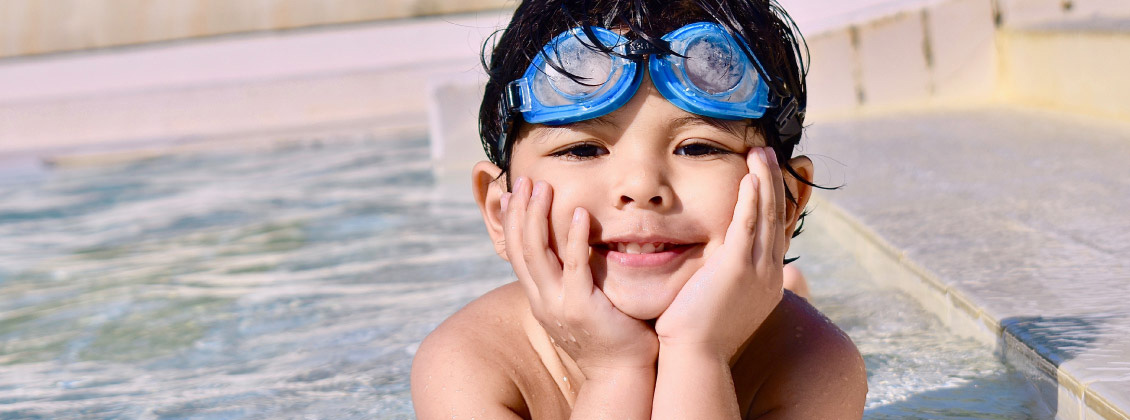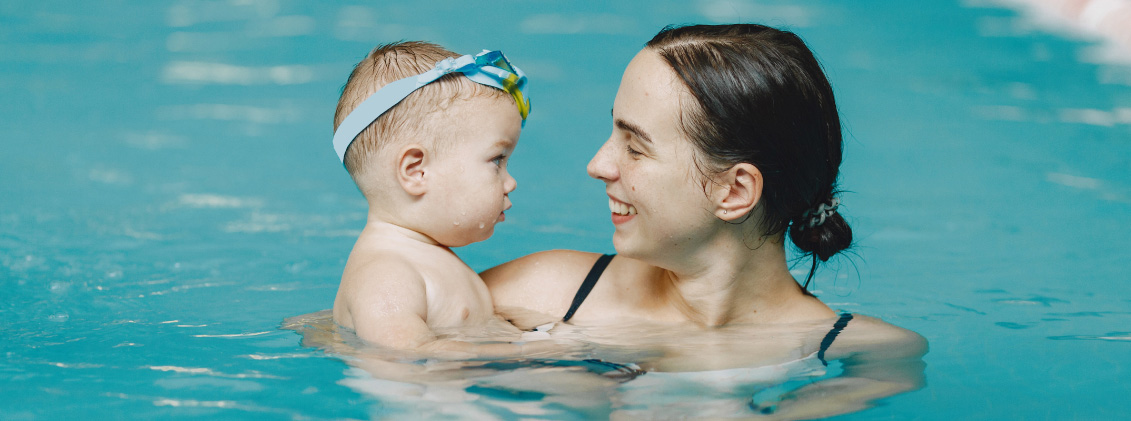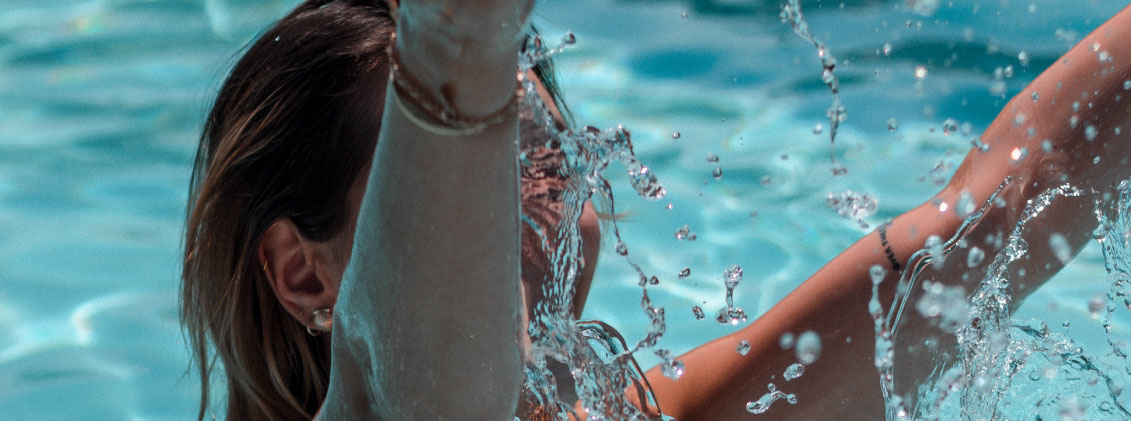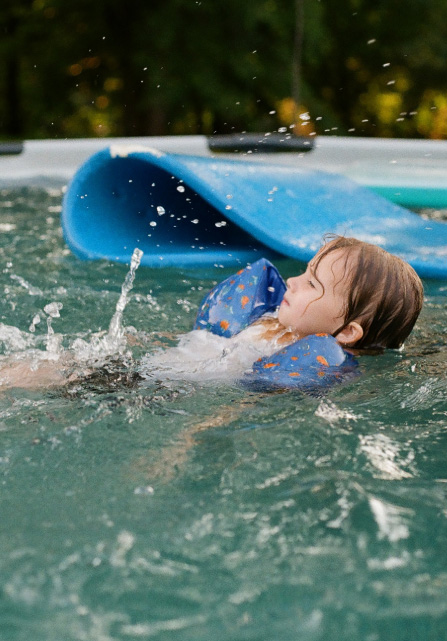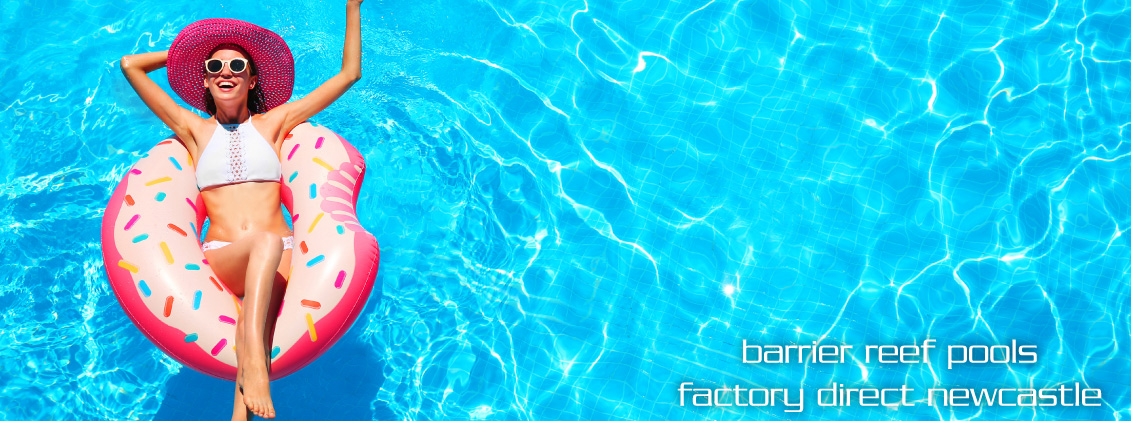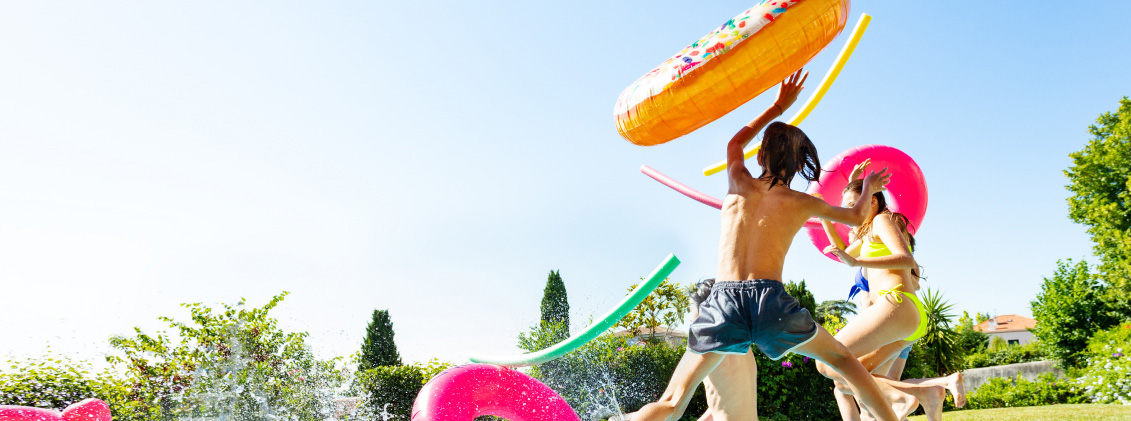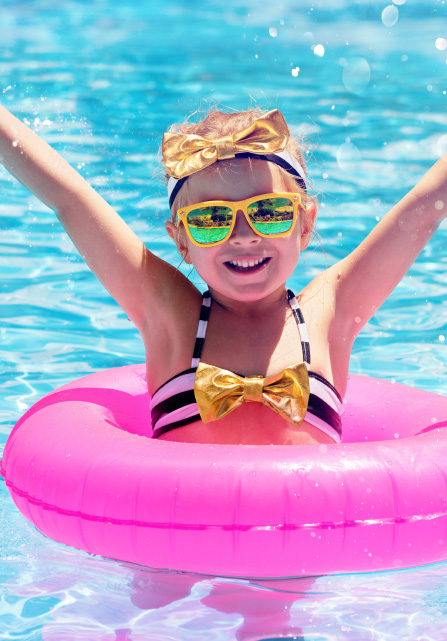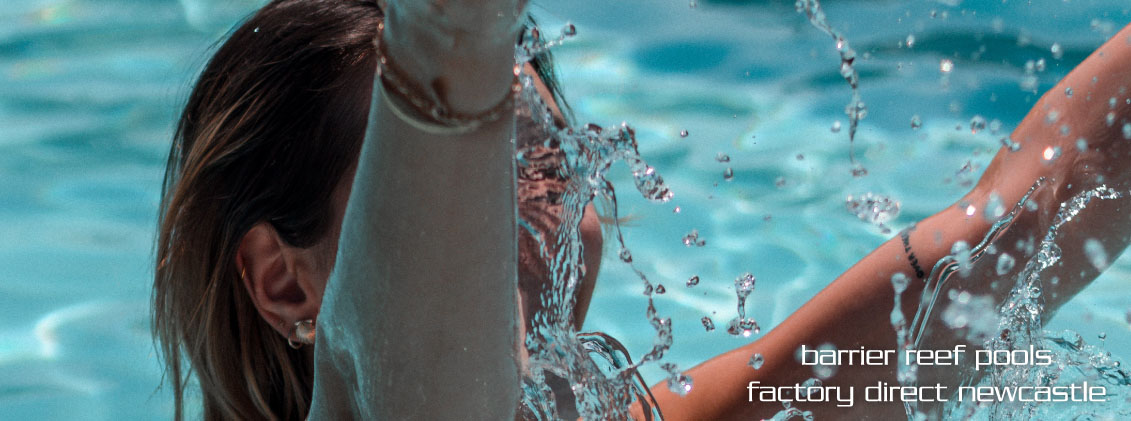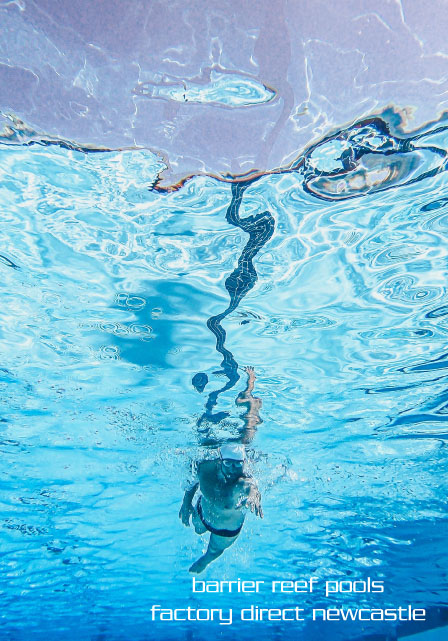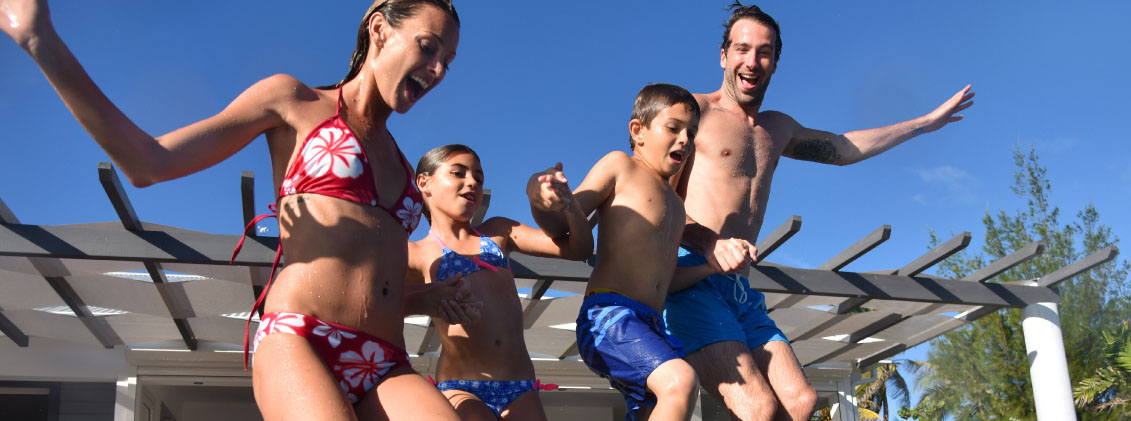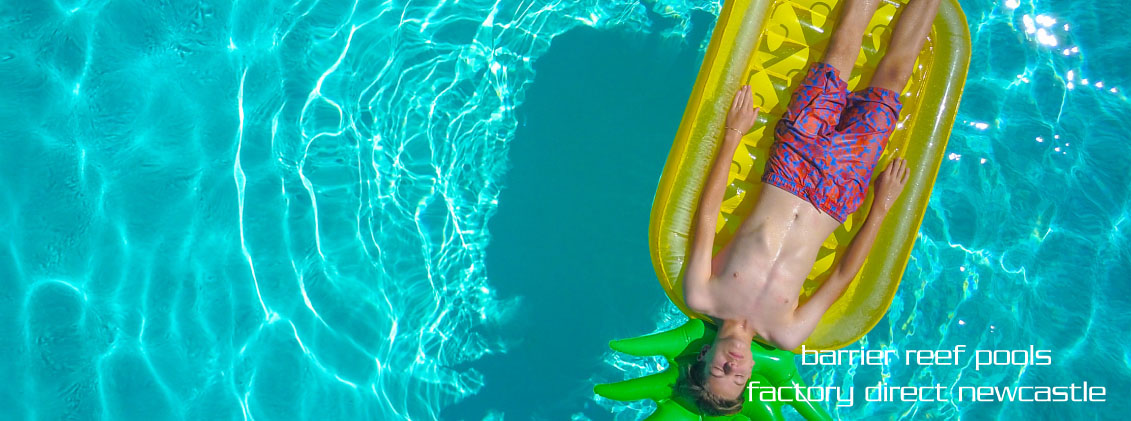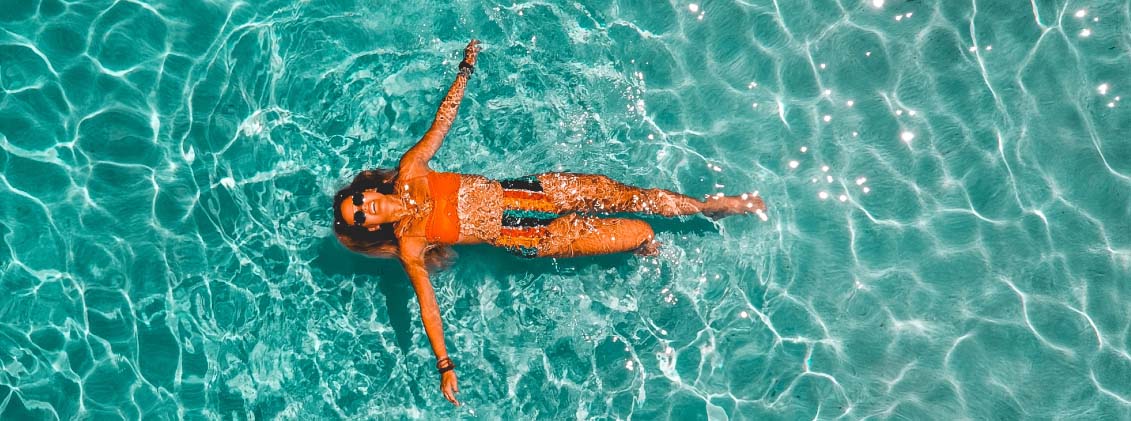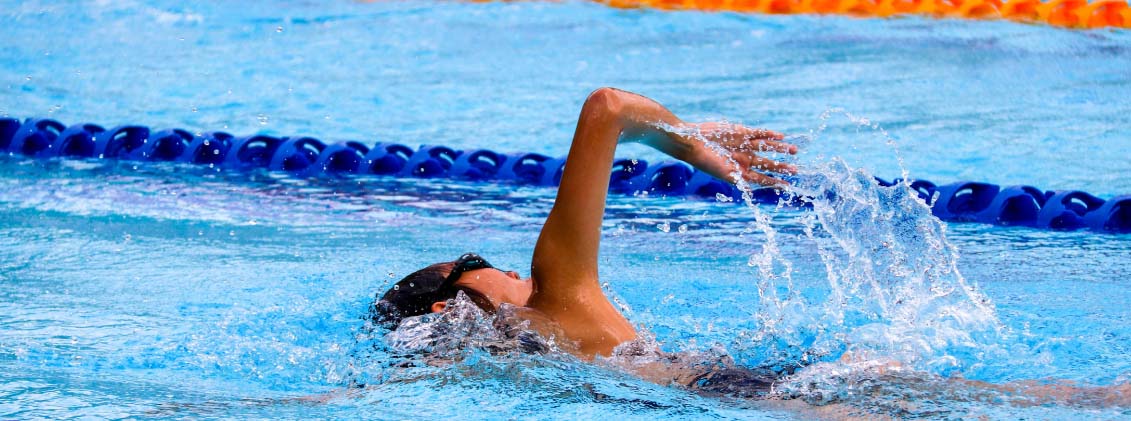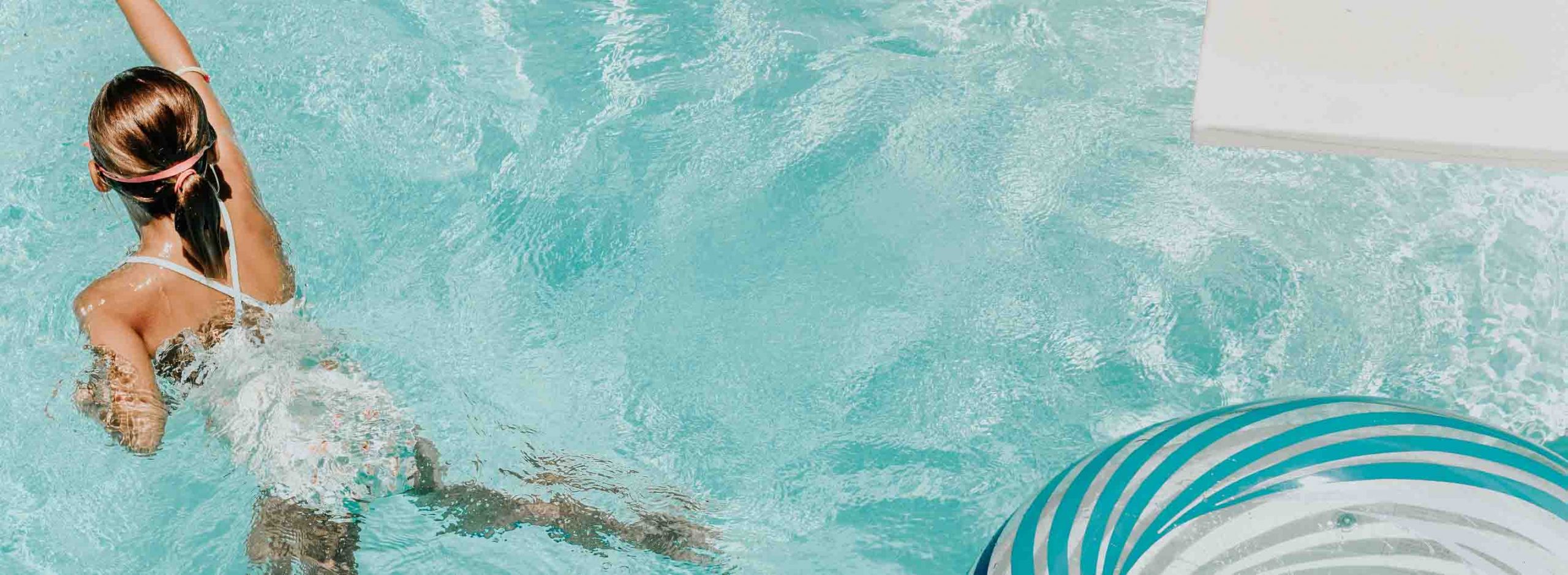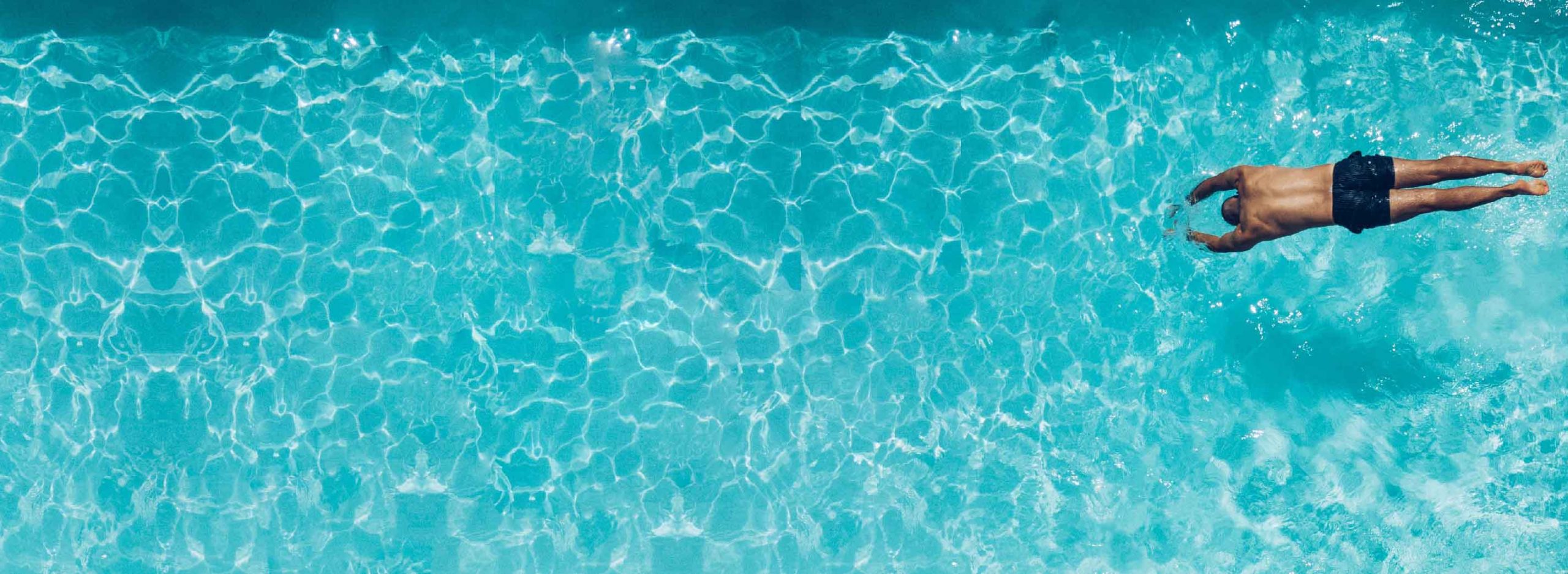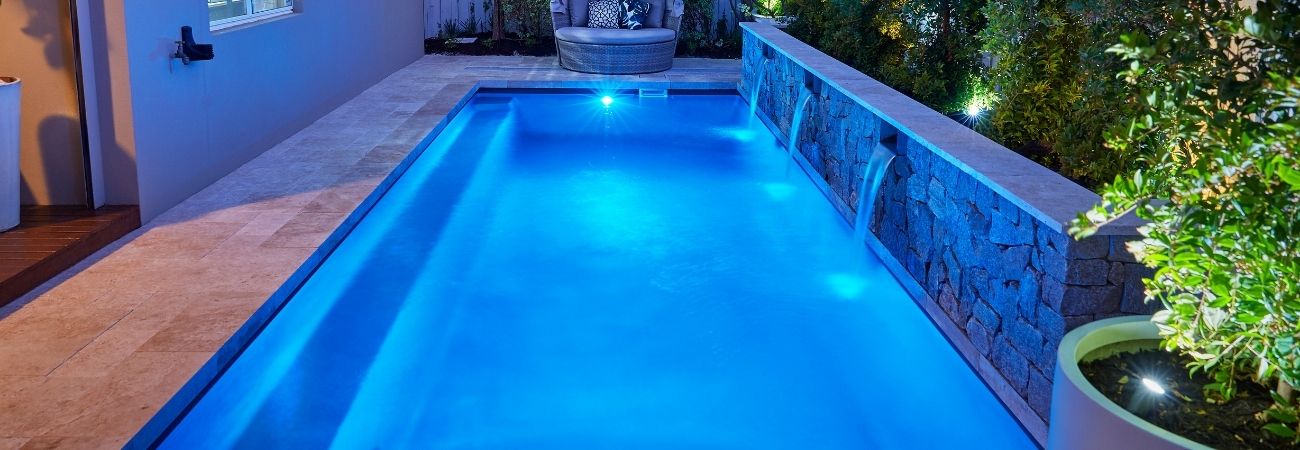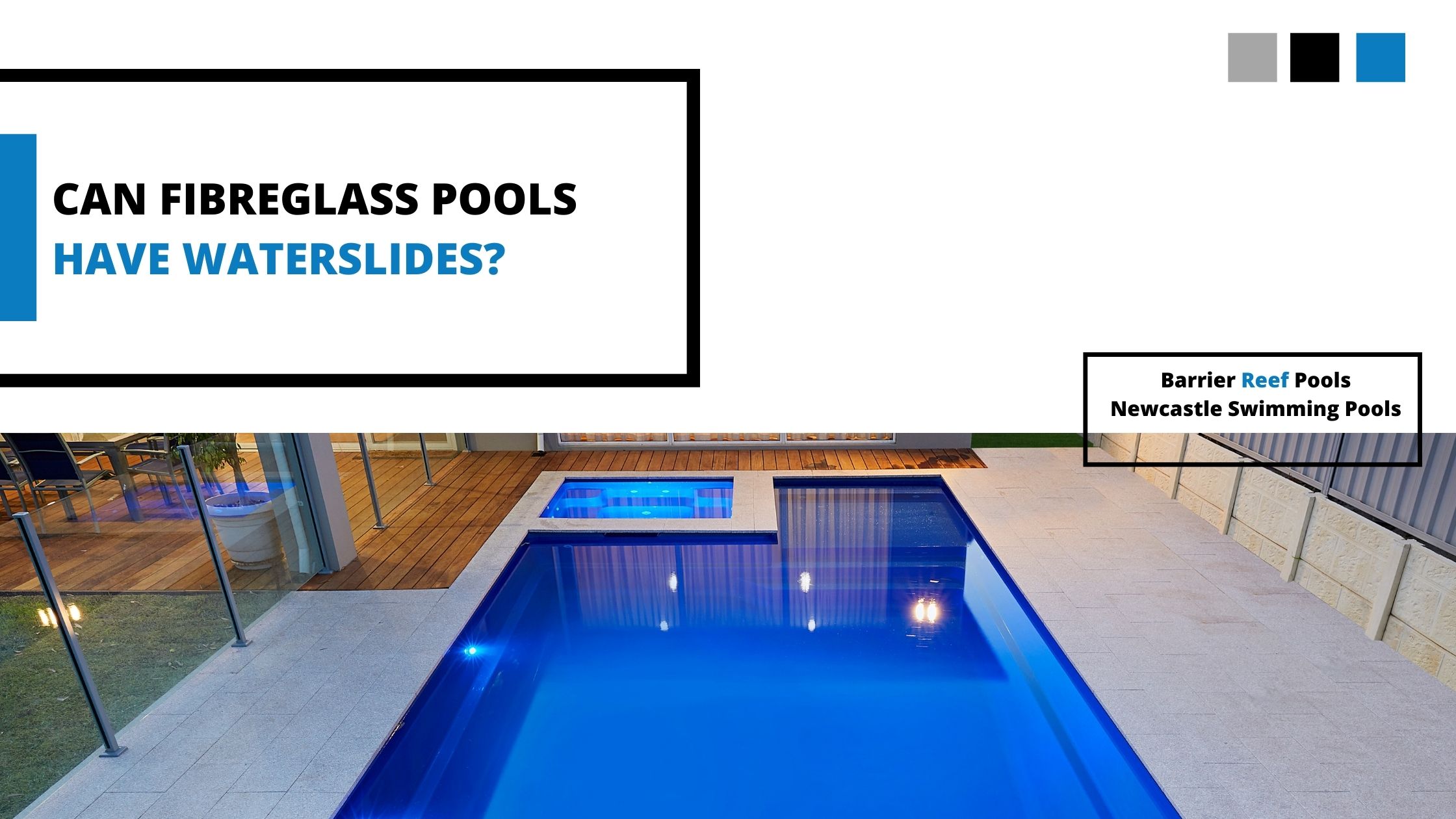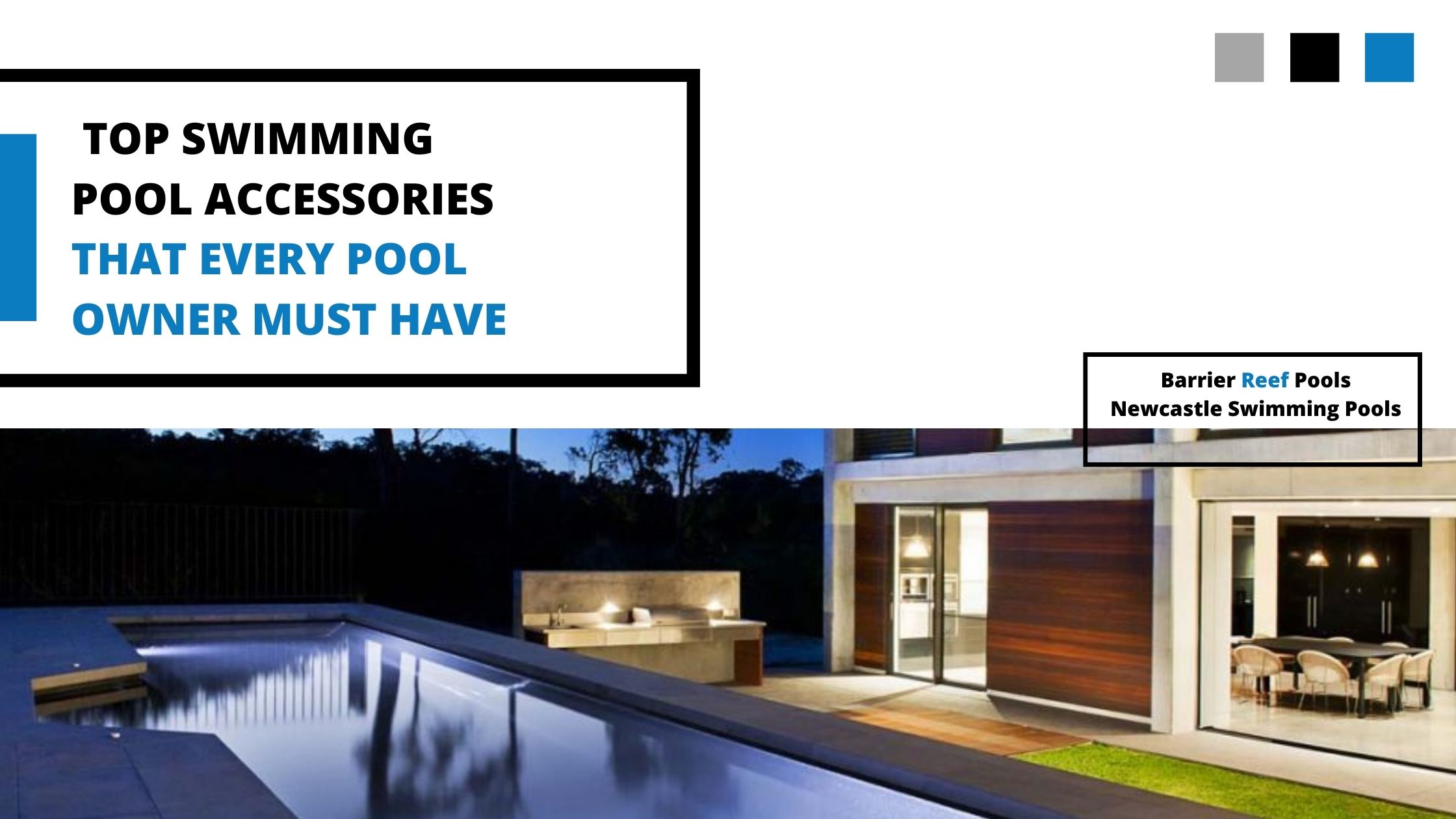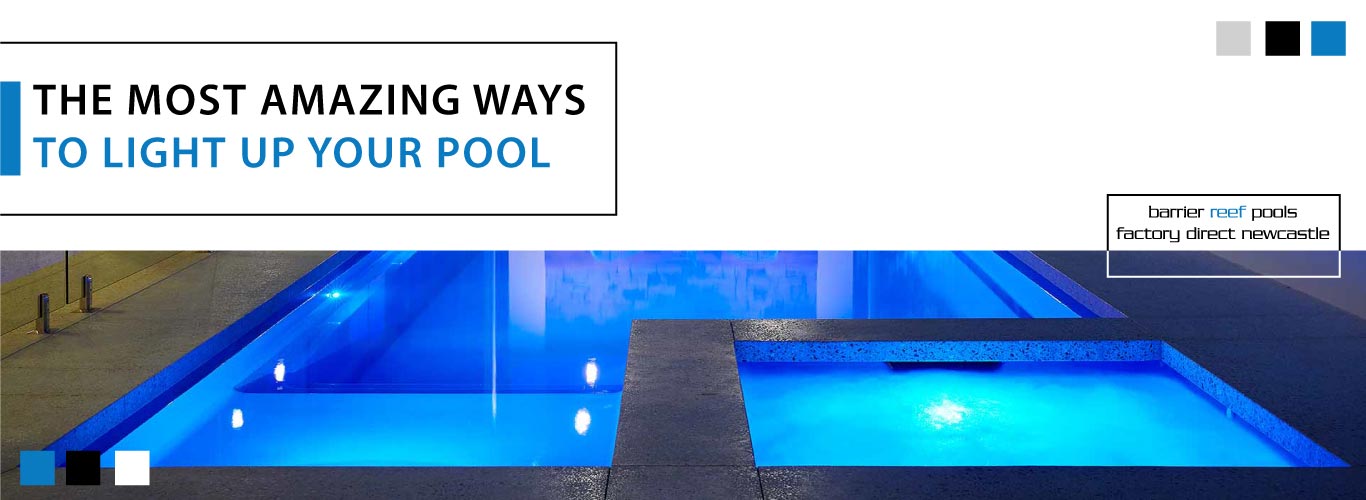The Best Poolside Games & Activities For All Ages
Nothing beats a day by the pool, soaking up the sun and making memories with family and friends. Whether you’re hosting a backyard barbecue, planning a kids’ pool party, or just looking for ways to keep everyone entertained, there’s no shortage of exciting games and activities to enjoy poolside. From classic water games to creative dry-land challenges, we’ve rounded up the best poolside games and activities for all ages to ensure endless fun and laughter.


1. Classic Water Games
Marco Polo
A timeless favourite, Marco Polo is a great way to get everyone involved. One player, “Marco,” closes their eyes and calls out “Marco!” while the other players respond with “Polo!” The aim is for Marco to tag another player while following their voices. The tagged person then becomes the new Marco.
Pool Volleyball
Set up a net across the pool and divide players into two teams. Using a beach ball or inflatable volleyball, teams must rally and score points by hitting the ball over the net without letting it touch the water on their side. Pool volleyball is a fantastic way to encourage teamwork and friendly competition.
Diving for Treasures
Scatter weighted dive rings, coins, or pool toys at the bottom of the pool and challenge players to retrieve them. This game is perfect for improving swimming skills and breath control while keeping kids and adults engaged in a friendly contest.
Sharks and Minnows
One player starts as the “shark,” while the others are “minnows.” The minnows must swim across the pool without being tagged by the shark. Any player tagged becomes a shark for the next round. This fast-paced game is excellent for building swimming endurance and agility.
Chicken Fight
A popular game for older kids and adults, chicken fight involves forming teams of two where one player sits on the other’s shoulders. The goal is to knock the opposing team off balance. Make sure to play safely and only in deep enough water to avoid injuries.
2. Fun Poolside Activities for Kids
Water Balloon Toss
Pair up and start tossing a water balloon back and forth. With each successful catch, take a step backward to increase the challenge. The last pair with an unbroken balloon wins!
Pool Noodle Jousting
Using pool noodles as makeshift lances, players sit on inflatable floats and try to knock each other off into the water. The last one remaining on their float is the winner.
Floatie Race
Each player grabs an inflatable pool float and races from one end of the pool to the other using only their arms and legs to propel themselves forward. This game guarantees lots of laughter and excitement.
Underwater Obstacle Course
Set up an underwater course with hoops, pool noodles, and floating rings. Players must swim through the obstacles as quickly as possible. You can time each participant to see who completes the course the fastest.
Rubber Duck Races
Each player picks a rubber duck and uses only their breath or hands to push it across the pool to the finish line. This simple yet fun game is great for younger children.


3. Engaging Poolside Games for Adults
Beer Pong – Pool Edition
A twist on the classic drinking game, set up floating cups in the pool and take turns trying to throw ping pong balls into them. For a non-alcoholic version, play with juice or soft drinks instead.
Floating Card Games
Get a waterproof deck of cards and enjoy games like poker, rummy, or Go Fish while lounging on pool floats. It’s a relaxing way to enjoy the pool without high-energy movement.
Pool Basketball
Set up a floating or poolside basketball hoop and play one-on-one or in teams. This game is excellent for friendly competition and getting in a bit of exercise while having fun.
Tug of War – Pool Style
Use a pool noodle or rope across the pool and have two teams pull from opposite sides. The goal is to drag the opposing team into the water. This game is best played in shallow water for safety.
4. Poolside Fun for the Whole Family
Giant Jenga
Set up a life-sized Jenga game on the pool deck and take turns removing blocks without toppling the tower. This is a great way to keep people entertained outside the pool.
Sidewalk Chalk Art
Let the kids (and adults!) unleash their creativity with sidewalk chalk. Draw colourful poolside murals or play hopscotch on the pavement.
Hula Hoop Contest
Hula hooping is a fantastic way to stay active while having fun. Host a contest to see who can keep their hoop spinning the longest!
Poolside Karaoke
Set up a waterproof speaker and let guests take turns belting out their favourite songs. Bonus points for pool-themed tunes!
DIY Tie-Dye Shirts
Provide plain white t-shirts and fabric dye for guests to create their own tie-dye designs. This makes for a fun activity and a great keepsake from the day.


5. Night-Time Poolside Games
Glow Stick Swimming
Drop waterproof glow sticks into the pool and let swimmers dive to retrieve them. This is a mesmerising game that’s perfect for evening swims.
Floating Lanterns
For a calming and magical experience, release floating lanterns or LED candles into the pool and enjoy the serene atmosphere.
Movie Night by the Pool
Set up an outdoor projector and screen a movie poolside. Guests can lounge on inflatable rafts or sit on deck chairs while enjoying the film.
Neon Pool Volleyball
Use glow-in-the-dark beach balls or light-up pool volleyballs for a nighttime version of this classic game. It adds an extra challenge and excitement to the match.
Shadow Puppets on the Pool Deck
Use a flashlight or poolside lights to create shadow puppets on the wall. Kids will love using their hands to create fun shapes and characters.
Final Thoughts
No matter the occasion, having a variety of poolside games and activities ensures that everyone, from kids to adults, stays entertained. Whether you’re in the mood for an energetic competition, a relaxing poolside activity, or a magical night-time swim, these ideas will make your pool day unforgettable. So grab your swimsuit, gather your friends and family, and dive into hours of fun!
Want endless fun at home? Get a free quote from Barrier Reef Pools and let us design the perfect pool for you!




